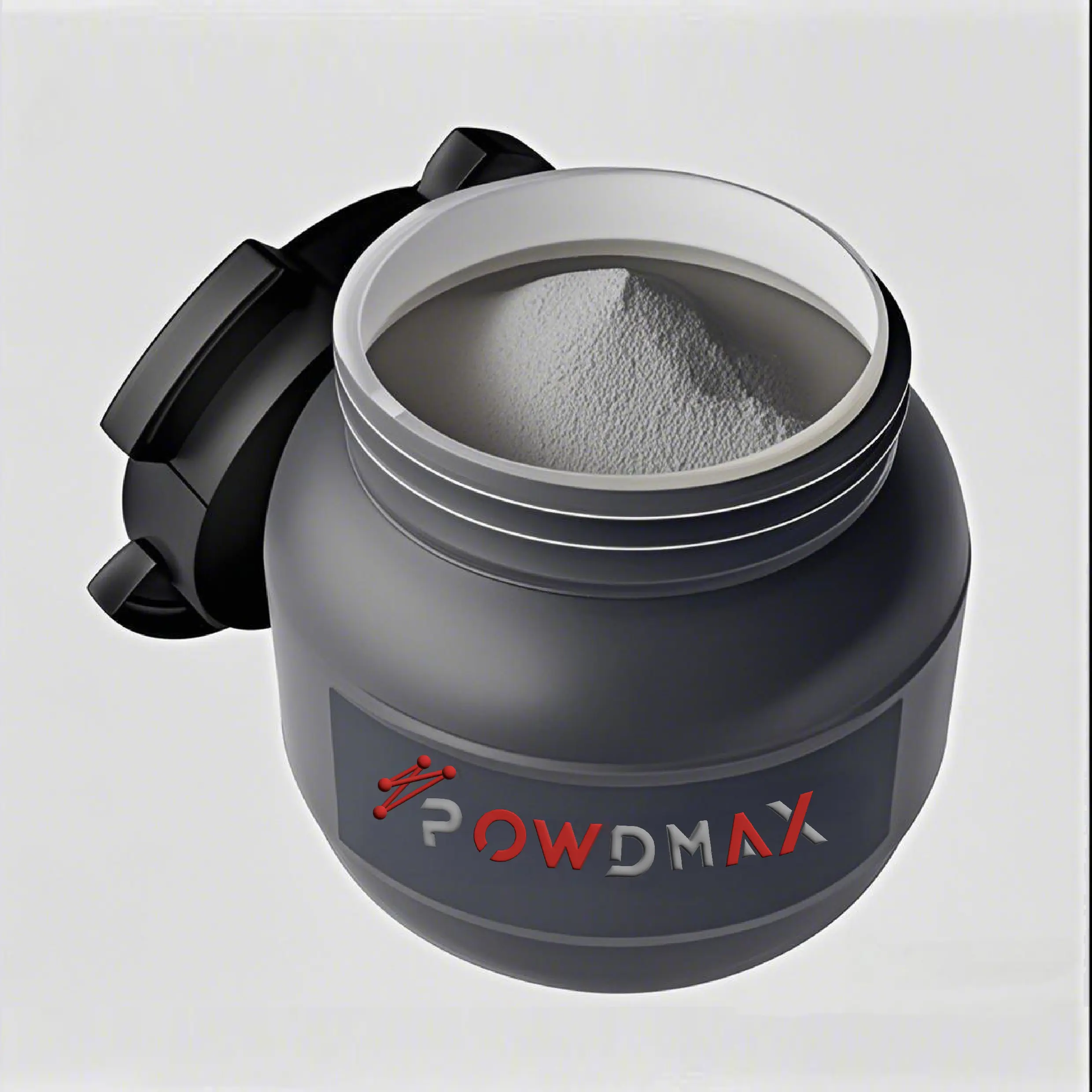In an era where sustainability is at the forefront of consumer consciousness, the textile industry faces increasing scrutiny regarding its environmental impact. With the rise of fast fashion and the subsequent waste generated, the question arises: What fabric has the least environmental impact? This inquiry is not only pertinent for environmentally conscious consumers but also for brands aiming to align with sustainable practices. In this article, we will explore various fabrics, their environmental footprints, and the innovations that are shaping a more sustainable future in textiles.
Understanding Environmental Impact in Textiles
Before delving into specific fabrics, it is essential to understand the factors that contribute to a fabric's environmental impact. Key considerations include:
- Resource Consumption: Water, energy, and raw materials used in the production process.
- Chemical Usage: The impact of dyes, finishes, and other chemicals on ecosystems and human health.
- Waste Generation: The lifecycle of the fabric, including production waste and end-of-life disposal.
- Carbon Footprint: The greenhouse gas emissions associated with the production, transportation, and disposal of the fabric.
The Leading Contenders for Eco-Friendly Fabrics
- Organic Cotton
Organic cotton is often hailed as a sustainable alternative to conventional cotton. Grown without synthetic pesticides or fertilizers, organic cotton reduces chemical runoff and promotes biodiversity. Additionally, it typically requires less water than conventional cotton due to improved soil health. However, it is essential to note that while organic cotton is a better choice, it still has a significant water footprint and may not be the most sustainable option in all contexts.
- Tencel (Lyocell)
Tencel, a brand name for lyocell, is made from sustainably sourced wood pulp, primarily from eucalyptus trees. The production process uses a closed-loop system that recycles water and solvents, minimizing waste and pollution. Tencel is biodegradable and has a lower environmental impact compared to many synthetic fabrics. Its soft texture and moisture-wicking properties make it a popular choice for clothing and home textiles.
- Hemp
Hemp is one of the most sustainable fabrics available. It grows quickly, requires minimal water, and can thrive without pesticides. Hemp fibers are strong, durable, and naturally resistant to mold and UV light. The cultivation of hemp also improves soil health, making it an excellent crop for sustainable farming practices. However, the processing of hemp into fabric can involve chemicals, so it is crucial to seek out brands that prioritize eco-friendly processing methods.
- Recycled Polyester
Recycled polyester, often made from post-consumer plastic bottles, offers a way to reduce waste and the reliance on virgin petroleum-based materials. The recycling process consumes less energy than producing new polyester and diverts plastic waste from landfills. However, it is important to consider that while recycled polyester reduces waste, it is still a synthetic fabric that can contribute to microplastic pollution when washed.
- Linen
Linen, derived from the flax plant, is another eco-friendly fabric option. Flax requires significantly less water and pesticides compared to cotton. The production of linen is energy-efficient, and the plant can be grown in poor soil conditions, making it a resilient crop. Linen is biodegradable and has a long lifespan, which contributes to its sustainability credentials.
Innovations in Sustainable Fabrics
The quest for eco-friendly fabrics is not limited to traditional materials. Innovations in textile technology are paving the way for new sustainable options:
- Biofabrication: Scientists are developing fabrics from mycelium (the root structure of mushrooms) and other organic materials. These biofabricated textiles can be produced with minimal environmental impact and are biodegradable.
- Plant-Based Leather Alternatives: Materials like Piñatex (made from pineapple leaves) and apple leather are emerging as sustainable alternatives to traditional leather, reducing the environmental toll of animal farming.
- Waterless Dyeing Technologies: Innovations in dyeing processes, such as digital printing and waterless dyeing techniques, are significantly reducing water consumption and chemical usage in textile production.
Conclusion: Making Informed Choices
When considering what fabric has the least environmental impact, it is essential to look beyond the surface. Factors such as production methods, lifecycle, and end-of-life disposal play crucial roles in determining a fabric's sustainability. As consumers, we have the power to drive change by supporting brands that prioritize eco-friendly practices and materials. By choosing fabrics like organic cotton, Tencel, hemp, recycled polyester, and linen, we can contribute to a more sustainable textile industry.

